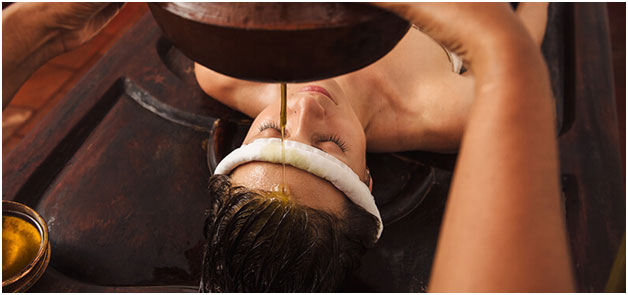Outcome of the neurological disorders treatment remain unchanged in spite of marked development in diagnostic facilities, as modern molecules fail to regenerate central nervous tissues .As per Ayurveda an imbalance of Vata dosha in the body leads to Neurological disorders

Paralysis either due to hypertension leading to Cerebrovascular Accident (CVA), Lower Motor Neuron lesion (LMN) and spinal cord affliction despite various preventative measures is a common occurrence. Quality of life even with treatment is not much improved even with advanced diagnostic and physiotherapeutic measures
Conditions like brain stem lesion possess no option in the present scenario of advances in medical and surgical sciences. As per documented literature, neural cells are considered non-regenerative and present therapeutics can help only in tissue preservation from degeneration, necrosis and apoptosis
The majority of neurological manifestations involving brain matter or neurons persist with outstanding symptoms or disease related consequences due to the non-regenerative capacity of neurons. Present chemical therapeutics can only stimulate or suppress neuroconduction, whereas nature’s gift of herbs, minerals and animal resources either alone or in combination with drugs, not only alleviates presenting symptoms but insures a cure by regulating the neural biokinesis, thus preventing relapse, recurrence and adversity. Ayurveda herbal preparation either as an adjuvant or alone achieve cure in majority of neurological disorders of varied etiopathology without any drug adversity.

Hemiplegia is the commonest manifestation of a 'stroke' with neurological deficit affecting the face, limbs and trunk on one side or either side of the body. Impulses for voluntary movement are transmitted by the pyramidal tracts or upper motor neurons. Damage to these pyramidal tracts due to any lesion, trauma, ischemia or hemorrhage produces paralysis. In Ayurveda, it can be correlated with 'Pakshaghata'. When Vata getting aggravated, dries up the
Srotas and Snayu (tendons) of one side (half) of the body, makes the organ/ parts of that side incapable of functioning and loss of sensation.
Aetiology
1. Cerebro-vascular accidents (Stroke)
i. Cerebral hemorrhage
ii. Sub - arachnoid hemorrhage
iii. Cerebral thrombosis
iv. Internal carotid artery thrombosis or stenosis
v. Cerebral embolism
vi. Venous sinus thrombosis
2. Hypertensive encephalopathy
3. Cerebral tumors
4. Acute encephalitis
Pathogenesis
Damage to the pyramidal tracts produces impairment or loss of voluntary movement from interruption of the conduction of motor impulses.
Risk factors
1. Age
2. Sex
3. Hypertension
4. Diabetes mellitus
5. Smoking, Alcohol abuse
6. Obesity
7. Hyperlipidemia
Clinical features
1. Unilateral loss of voluntary power in the affected arm, leg and in the lower face
2. Clasp-knife type spasticity
3. Tongue is protruded towards the paralysed side (in facial palsy)
4. Upper limb flexed at the elbow and wrist forearm slightly pronated
5. Movement of the hand and fingers are more affected than those of upper arm
Investigation
1. Haemogram
2. Lipid profile
3. C T Scan /MRI
4. Doppler studies of the Neck
5. CSF examination
6. X - Ray Spine
7. ECG.
Management approaches
a. Prevention
1. Add masha (black gram), kulattha (horse gram), palandu(onion), rasona (garlic),
Shunthi/Ardraka (ginger), mulaka (radish), kushmanda (ash gourd), mudga (green
gram) in regular diet
2. Use fruits like dadima (pomegranate),Amra (mango), draksha (grape) etc.
3. Consume low fat and high fiber diet and Rasayana drugs
4. Control the treatable risk factors like diabetes mellitus, hypertension, heart diseases
5. Take neccessry treatment of hypertension (if any)
6. Control cholesterol level and weight
7. Practice regular exercises
8. Avoid excessive use of pungent, astringent and/ or salty, oily/ fatty food and
incompatible diet, chana (bengal gram), peas, barley etc.
9. Avoid excessive starvation, excess exercises, suppressing of natural urges and
awakening in the nights
10. Avoid alcohol consumption, smoking
11. Avoid discontinuation of any regular medication without medical advise
b. Medical management
Line of treatment (Charaka. Chikitsa sthana. 28/100)
1. Nidana parivarjana (avoidance of aetiological factors) - Management of treatable risk factors and diseases like hypertension, acute encephalitis, heart disease etc. and avoid trauma.
2. Samshodhana chikitsa - (Bio-cleansing therapies) followed by Samana chikitsa
(Palliative therapy) should be advocated.
i. Snehana (Oleation): massage with medicated oils
ii. Svedana (Medicated fomentation)
•Shashtika shali panda sveda /Patra pind sweda for 7-14 days
• Sarvanga sveda for 7 - 14 days
iii. Virechana (Purgation
iv. Vasti (medicated enema) • Matra vasti daily for 7 - 14 days
• Kashaya vasti for 15 days (Kala vasti krama) • Kshira vasti 350 - 500 ml for 7 - 14 days
v. Nasya karma/ Brinhana nasya for 7 days
vi. Shirovasti with medicated oils daily 45 minutes for 7 days
vii. shirodhara with medicated liquids Daily 45 minutes for 21 days
(above said formulations are common in practice but dose should be adjusted by the physician according to patient's condition).
3. Drug Therapy - All therapeutic measures may be started after crossing the acute phase of attack.
The duration of the treatment may vary from patient to patient. Physician should decide the dosage (per dose) and duration of the therapy based on the clinical findings and response to therapy.
c. Yogic practices - The following yogic practices are beneficial in Hemiplegia; however, these should be performed only under the guidance of qualified Yoga therapist.Duration should also be decided by the Yoga therapist.
1. Practice of Pranayama (Anuloma Viloma, Nadi shodhana, Bhramari and meditation alongwith the practice of Yama and Niyama
2. Deep relaxation technique, Yoga nidra
3. Asanas to correct the postural imbalances
Counselling - Advise the patient to -
1. Be active and optimum use of affected part
2. Grasp the spastic arm at wrist with unaffected arm and push it above head regularly (10-15 times at each time) for atleast 3-4 times a day
3. Continue exercises as suggested by the physiotherapist
4. To increase the practice of exercise gradually
5. Take balanced diet
6. Maintain healthy body weight
7. Limit salt intake and fat in diet
8. Control of hypertension and diabetes mellitus
9. Check lipid profile periodically
10. Avoid over exertion
11. Avoid smoking and alcohol consumption

RISK FACTORS
PATHOPHYSIOLOGY
DUE TO ETIOLOGICAL FACTORS---ACTIVATED T CELLS AND B CELLS PRODUCES CYTOKINS---INFLAMMATION ---- DEMYELINATION AND DESTRUCTION OF OLIGODENDROCYTES--- FORMATION OF PLAQUES--- CAUSES SCARRING AND DESTRUCTION OF SHEATH--- COMPLEMENTARY SYSTEM STARTS SUBSIDING EDEMA AND INFLAMMATION----REMYELINATION OCCURS BUT IS OFTEN INCOMPLETE---MULTIPLE SCLEROSIS
4 PATTERNS OF MS
SYMPTOMS

OTHER SENSORY SYMPTOMS
EMOTIONAL PROBLEMS
DIAGNOSIS

MEDICAL MANAGEMENT
ALLOPATHIC MANAGEMENT
WHAT AYURVEDA CAN DO WITH MULTIPLE SCLEROSIS?
SCOPE OF AYURVEDIC MANAGEMENT AND PREVENTIVE ASPECTS MAINLY CONCENTRATES ON IMPROVING THE QUALITY OF LIFE AND DECREASE THE DEPENDANCY OF PATIENTS
IT CAN BE DIAGNOSED AS PRAANA AVRUTHA VYANA WITH VATA PITTA VRIDHI, KAPHA KSHAYA AND MAJJA KSHAYA
SO OUR TREATMENT FOCUS ON
VATA SAMANA,
NADI DYODAKA,
OJO BALYA CHIKITSA
AYURVEDIC TREATMENT , LIFE STYLE, DIETARY MODIFICATION PLAYS A KEY ROLE IN MULTIPLE SCLEROSIS, PREVENTIVE & PROVIDE INCREASE LIFE EXPECTANCY.